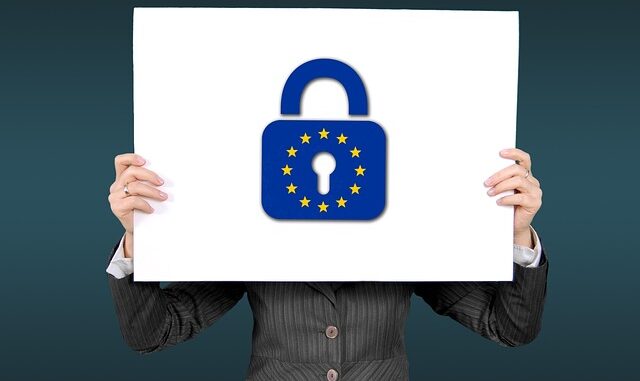
Summary
This article explores the crucial aspects of SaaS data protection, emphasizing the shared responsibility model and offering practical strategies for safeguarding valuable data. It covers key areas such as access control, encryption, backups, and compliance, providing actionable insights for businesses to build a robust SaaS data protection strategy.
Dont let data threats slow you downTrueNAS offers enterprise-level protection.
** Main Story**
Okay, so let’s talk SaaS data protection. It’s a seriously crucial topic these days. With more and more businesses using SaaS platforms, making sure sensitive data is locked down is a top priority. It’s not just the SaaS provider’s job, though, you have to get involved. Basically, it’s a shared responsibility thing. Think of it like this; they keep the lights on, you guard the goods inside.
The Shared Responsibility Model – What’s that About?
SaaS providers take care of the platform’s infrastructure, making sure it’s up and running and secure…to a point. But you, as the customer, are in charge of your data. That includes access controls, encryption, and backups. I remember one time a previous company I worked at didn’t properly configure their access controls, and an intern nearly wiped out an entire customer database. Scary stuff!
So, what can you do to actually protect your SaaS data?
-
Access Control is Key: Strong passwords are a must! And multi-factor authentication, or MFA, is non-negotiable, really. Use the Principle of Least Privilege, only give access to what people need to do their jobs, and review those permissions regularly. Trust me, people change roles, projects end. You can’t just “set and forget” access rights.
-
Encrypt Everything!: Both when the data is flying around (in transit) and when it’s sitting still (at rest). Encryption makes it unreadable if someone manages to get their hands on it. Check what your SaaS provider offers, or look into third-party options for extra security. It’s an extra step, but well worth it.
-
Back It Up, Back It Up, Back It Up: Automatic backups are a lifesaver. It doesn’t matter if it’s a cyber attack, accidental deletion, or data corruption, you need to be able to recover. Store those backups in different spots too, just in case! And test your recovery process! Because the last thing you want is to find out your backups don’t work after disaster strikes.
-
Train Your People: Seriously, you can have all the fancy tech in the world, but if your team isn’t security-conscious, you’re still vulnerable. Phishing scams, password security, safe data handling…make it part of your company culture. You know, people are often the weakest link.
-
Keep an Eye Out: Scan for vulnerabilities and misconfigurations. Watch for suspicious activity. There are automated tools that can help with this, so you’re not doing it all manually. Quick response to security incidents is important.
-
Follow the Rules: Make sure you’re following industry regulations, like GDPR, HIPAA, or CCPA. Data Loss Prevention, or DLP, solutions can stop sensitive data from getting out, too. Compliance is a huge deal, and non-compliance can lead to major fines.
Putting It All Together: A Solid Strategy
To really nail SaaS data protection, you need a layered approach. Know the specific weaknesses of SaaS apps, have a plan for backup and recovery, meet compliance standards, and get everyone on board with security. That said, this article is valid as of June 27, 2025. Remember the security scene is always changing. Regular reviews are essential.
So, are you ready to step up your SaaS data protection game?


The shared responsibility model highlights the user’s role in data protection. How do you determine the appropriate level of security investment for a SaaS application, especially considering factors like data sensitivity, potential impact of a breach, and the cost of implementation?
That’s a great question! Weighing data sensitivity, breach impact, and implementation costs is crucial. A good starting point is to classify your data based on sensitivity and then use a risk assessment framework to prioritize security investments. This helps ensure you’re focusing on the most critical areas first and getting the best ROI on your security spend. Thanks for raising such an important point!
Editor: StorageTech.News
Thank you to our Sponsor Esdebe
The point about training employees is spot on. Regular security awareness programs, including simulated phishing exercises, are vital for a strong defense. It’s also beneficial to tailor training content to specific roles and the SaaS applications they use.
Great point about tailoring training! Customizing content for different roles and SaaS applications definitely maximizes its effectiveness. By focusing on real-world scenarios relevant to each user, we can create a more engaged and security-conscious workforce. What specific role-based scenarios have you found most impactful in your experience?
Editor: StorageTech.News
Thank you to our Sponsor Esdebe